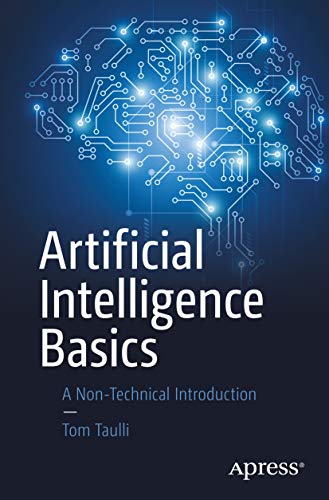What do you think?
Rate this book


Artificial intelligence touches nearly every part of your day. While you may initially assume that technology such as smart speakers and digital assistants are the extent of it, AI has in fact rapidly become a general-purpose technology, reverberating across industries including transportation, healthcare, financial services, and many more. In our modern era, an understanding of AI and its possibilities for your organization is essential for growth and success.
Artificial Intelligence Basics has arrived to equip you with a fundamental, timely grasp of AI and its impact. Author Tom Taulli provides an engaging, non-technical introduction to important concepts such as machine learning, deep learning, natural language processing (NLP), robotics, and more. In addition to guiding you through real-world case studies and practical implementation steps, Taulli uses his expertise to expand on the bigger questions that surround AI. These include societal trends, ethics, and future impact AI will have on world governments, company structures, and daily life.
Google, Amazon, Facebook, and similar tech giants are far from the only organizations on which artificial intelligence has had—and will continue to have—an incredibly significant result. AI is the present and the future of your business as well as your home life. Strengthening your prowess on the subject will prove invaluable to your preparation for the future of tech, and Artificial Intelligence Basics is the indispensable guide that you’ve been seeking.
What You Will Learn
Study the core principles for AI approaches such as machine learning, deep learning, and NLP (Natural Language Processing) Discover the best practices to successfully implement AI by examining case studies including Uber, Facebook, Waymo, UiPath, and Stitch Fix Understand how AI capabilities for robots can improve business Deploy chatbots and Robotic Processing Automation (RPA) to save costs and improve customer service Avoid costly gotchas Recognize ethical concerns and other risk factors of using artificial intelligence Examine the secular trends and how they may impact your business
Who This Book Is For
Readers without a technical background, such as managers, looking to understand AI to evaluate solutions.
200 pages, Kindle Edition
Published August 1, 2019